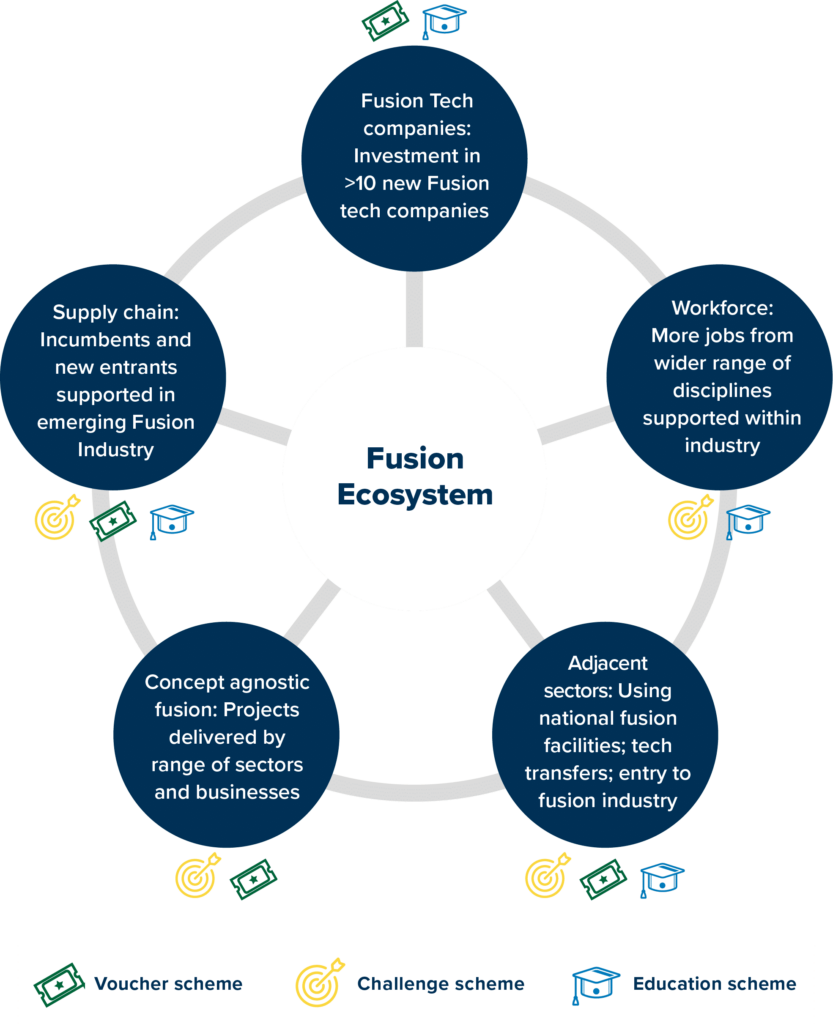The United Kingdom Atomic Energy Authority (UKAEA) has awarded the University of Birmingham £1.4 million (~$1.76 million), as part of a project called FATHOM2 (FAbrication of Tungsten using HOt isostatic pressing and Additive Manufacturing). This follows on the success of the initial phase of the project (FATHOM), which combined the know-how and resources of the University of Birmingham’s Advanced Materials Processing Laboratory (AMPLab) and the UK additive manufacturing (AM) firm, Metamorphic.
Both FATHOM and FATHOM2 are part of the Fusion Industry Programme that the UK government launched in 2021, a long-range R&D effort aiming to commercialize the use of nuclear fusion energy for the nation’s power grid. For FATHOM2, the University of Birmingham and Metamorphic will also be working with Oxford company Tokamak Energy Ltd., the developer of a solution for manufacturing compact spherical tokamaks.
A ‘tokamak’, according to the US Department of Energy (DOE), “is a machine that confines a plasma using magnetic fields in a donut shape…In a tokamak, magnetic field coils confine plasma particles to allow the plasma to achieve the conditions necessary for fusion”. The innovation that Tokamak Energy has brought to the table is to create tokamaks that are spherical rather than doughnut-shaped: according to the company, “By moving from a doughnut-shaped plasma to a cored apple-shaped plasma, the plasma is contained more efficiently.”
The AMPLab at the University of Birmingham and Metamorphic will accelerate the use of laser-based metal additive manufacturing (AM), and hot isostatic pressing (HIPping) for post-processing, to produce cooled tungsten parts to be used in plasma-facing components in tokamaks. The project also aims to test and evaluate the use of computational design and advanced materials science to achieve net-zero goals with manufacturing.

In a press release about the £1.4 million from the Fusion Industry Programme for the FATHOM2 project, the director of the AMPLab at University of Birmingham, Professor Moataz Attallah, said, “The main barrier towards the application of nuclear fusion has been the selection of the materials for the extreme conditions in fusion, and their manufacturing. Powder HIPping and [AM] are two resource-efficient manufacturing technologies that will enable the fabrication of complex cooling solutions, which are essential for the successful deployment of nuclear fusion.”
The Chief Development Officer of the UKAEA, Tim Bestwick, said, “Delivering fusion energy is one of the greatest scientific and engineering challenges of our time. The Fusion Industry Programme is supporting businesses to overcome these challenges and help make fusion a commercial reality. These organizations have been awarded contracts after successfully demonstrating the feasibility of their concepts through earlier stages of the Fusion Industry Programme and will now develop their technologies to the ‘proof of concept’ stage.”

In March 2022, Tokamak achieved what the company claimed was the highest temperature ever reached by both a privately funded tokamak and a spherical tokamak, passing the critical 100-million-degree C threshold necessary for commercial fusion energy.
While commercial fusion energy is still very much a future-oriented project — current plans are for a Tokamak Energy pilot plant to be commissioned by the UK in the early 2030s — it will require constantly expanding effort and funding every step along the way to have any chance at success. And, as evidenced throughout its recently released, first-ever advanced manufacturing plan, the UK government is quite serious about accomplishing the goal.
Granted, it is important at this point for AM companies to focus on getting involved in less ambitious, less R&D-heavy spaces in order to attract more consistent sources of revenue. Nonetheless, the future of nuclear energy is the sort of advanced, R&D-centric field that still represents a perfect opportunity for AM companies to stay strategically positioned at the cutting-edge of science and technology. Additionally, this specific project is a perfect example of how the UK government is maximizing the innovation potential of its economy, by aligning the objectives of startups within different but intersecting industries around the capabilities of its world-class academic institutions.
Images courtesy of UK government
Subscribe to Our Email Newsletter
Stay up-to-date on all the latest news from the 3D printing industry and receive information and offers from third party vendors.




